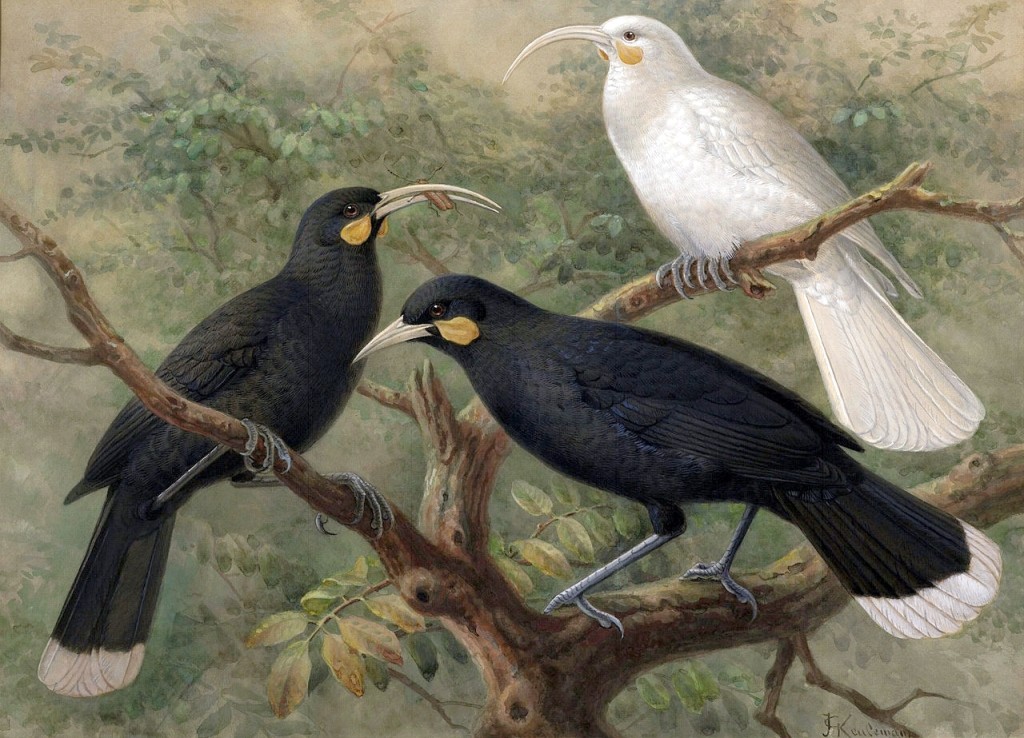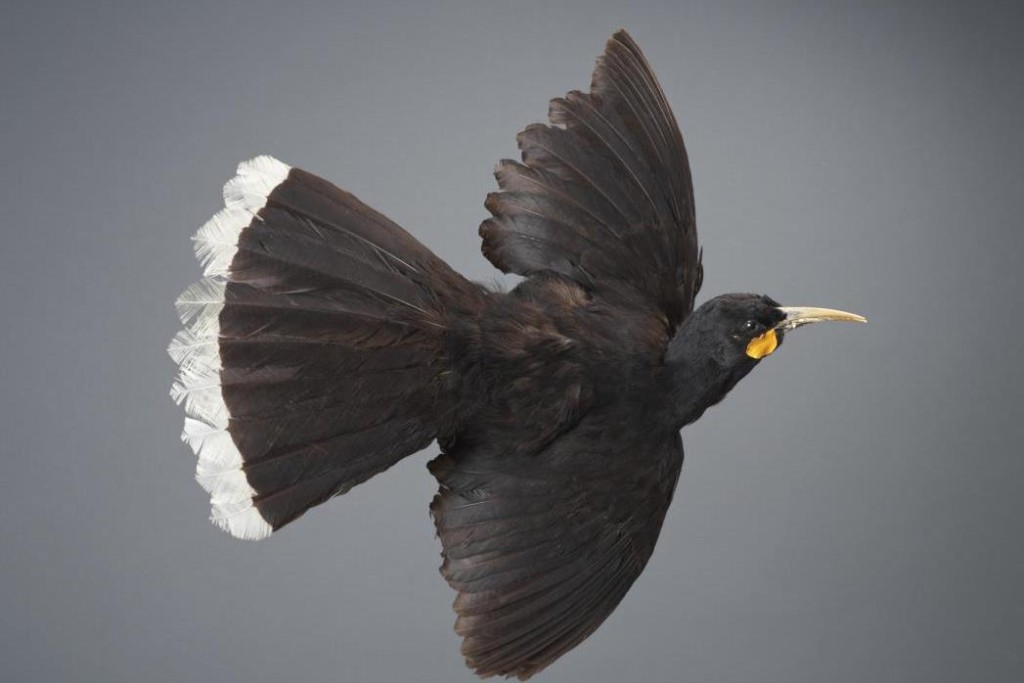February 4, 2022
An asteroid was named after her! Guiya: singing that we won’t hear anymore
In this article we will tell you about the largest extinct representative of the birds of the New Zealand starling family, endemic to the North Island of New Zealand – Guye. At the end of the article, you will find the only surviving recording with an imitation of a bird singing from an old Maori. A representative of the indigenous people of New Zealand was still a child when he last managed to hear the sounds of the Guiyas. We will not be able to find out the exact singing of this extinct bird.
*Maori - the indigenous people of New Zealand and the main population of the country before the arrival of Europeans. The number of Maori in New Zealand, according to the 2013 census, is about 600 thousand people, which is approximately 15% of the country's population. A significant number (about 155 thousand) of Maori live in Australia and about 3.5 thousand in the USA. / Source: wikipedia.org /
Guia had a very remarkable appearance and left a significant mark in the culture of the Maori, who considered her a sacred bird. It was relatively well studied during its lifetime by natives of Europe and had greenish-black plumage, distinctive rounded bright orange catkins, brown eyes, and a white beak with a gray base. In addition to these features, the guia also had long bluish-gray paws, light brown claws and twelve black tail feathers with a wide white stripe, each of which was 2.5 to 3 cm long.
There is information about at least two types of abnormal coloration in representatives of this species. From Maori stories, huia-ariki is known, which had brown body plumage with gray mottling and darker feathers on the head and neck. There is also information about individuals with complete albinism that have been encountered.
*The word "arika" in translation from the Maori language means "sacred".

This extinct representative of birds was distinguished by record dimorphism between female and male. Pronounced dimorphism misled scientists. Thus, the English zoologist John Gould, describing in 1836 the variegated guia, attributed individuals of different sexes to different species. The male had a slightly curved short beak about 60 mm long. The female had a thinner, strongly curved beak with a length of more than 104 mm. The anatomy of the sexes differed not only in the structure of bones, but also in the rhamphoteca.
*The rhamphoteca is a horny cover that covers the beak of birds and forms a mandible on the upper jaw, a mandible on the lower.
According to the candidate of biological sciences and scientific observer Ilya Kolmanovsky, the females and males of guia were ideal families, with a division of labor. The rhamphoteca in females grew at the end of the upper and lower jaws, allowing them to flexibly and deeply penetrate into the burrows of the larvae of barbel beetles.
Scientists believe that there are two possible causes of sexual dimorphism in the shape of the beak of a goose:
1. The ability to use various power sources. This ability may have arisen due to the lack of competitors in the feeding niche of the North Island.
2. The color of the beak, which was sharply different from the main plumage of the bird. According to some researchers, this beak coloring was used by individuals in order to attract each other.
Despite the fact that the guia was a sacred bird for the Maori, wearing its skin or feathers was considered a sign of luxury, prosperity and special privileges. Maori chiefs wore ornaments made of dried guya skins along with their neck and head. Headdresses were made of feathers, including for magnificent funeral ceremonies, used as a kind of monetary units, according to custom, they were handed over to the leaders of other tribes as a sign of respect.
Thus, there are several main reasons for the extinction of this species.
The first reason is considered to be excessive uncontrolled hunting for the purpose of obtaining long bright tail feathers and making stuffed animals, which were in great demand among rich museums and private collectors. The latter paid handsomely for the extracted specimens, and the New Zealand miners enjoyed using it.
The second reason for the extinction was the large-scale deforestation of the lowland forests of the North Island by European settlers in order to create agricultural pastures. Most of the forests were ancient ecologically complex complexes. Their deforestation led to the fact that guia could not survive in regenerating secondary forests.
Guyu was last seen on December 28, 1907, near the Tararua mountain range. There were also reports of encounters with these birds in Wellington until 1922, and in Te Urewera National Park until the 1960s. The asteroid 9488 Huia is named after her.
To hear an imitation of guyi singing, follow the link: https://disk.yandex.ru/i/CCY1pEXu1hpPLA
(The archive recording is taken from an interview with Ilya Kolmanovsky for the channel "Can I talk?")
Stay up to date with the latest news on our website: www.notivory.com

Read more
July 31, 2024
April 12, 2024
April 5, 2024